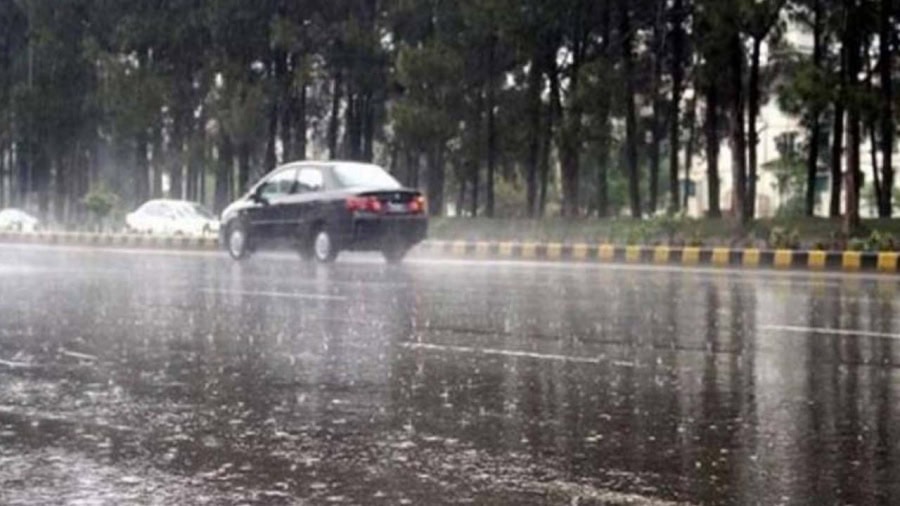ISLAMABAD – Below normal rains and above normal temperatures are likely in Pakistan during December 2024.
As per the Pakistan Meteorological Department (PMD), negative phase of El Niño Southern Oscillation (ENSO) and neutral phase of Indian Ocean Dipole (IOD) are anticipated to continue.
Under these climatic conditions, below than average rainfall and above normal temperatures are expected in the country during the ongoing month.
Monthly Rainfall Outlook: Overall a tendency for below normal rainfall is expected in most parts of the country. The northern parts of the country comprising of Khyber Pakhtunkhwa, Kashmir, Gilgit-Baltistan and northern Punjab are expected to receive below normal rainfall during the forecast month. Whereas, Sindh, Southern Punjab and most parts of Balochistan may get near normal rainfall during December 2024.
Monthly Temperature Outlook: Temperatures are expected to remain above normal nationwide, with maximum departure over Gilgit-Baltistan, northern Khyber Pakhtunkhwa, Kashmir and western Balochistan. However, near normal to slightly below normal temperature are expected over coastal areas of Sindh.
Impacts:
Agriculture: Below-normal rainfall in the northern regions and near-normal rainfall in the south may lead to water stress during the critical emerging stage of Rabi crops like wheat and barley, especially in rain-fed agricultural zones.
Below normal rainfall could exacerbate soil moisture deficits, potentially slowing crop establishment and early vegetative growth in affected areas.
Above-normal temperatures may reduce the likelihood of frost, which can positively impact the early growth stages of Rabi crops by minimizing cold stress.
Fog: In spite of warmer-than-average temperatures, clear skies and cooler nights may still lead to radiative fog formation in plains of Punjab, KP, and adjacent areas. This may result in formation of smog due to lower air quality while reducing visibility, disrupting road traffic and air travel, especially during early mornings.
Reservoir Levels: Below-normal rainfall in the north may limit reservoir replenishment, potentially impacting early water storage for irrigation and domestic use. Water management authorities should monitor reservoir levels closely to prepare for potential shortages.
Irrigation Water Supply: Normal rainfall in southern Pakistan may sustain irrigation systems in Sindh and Balochistan, though northern parts of the country may face challenges.
Hydropower Generation: Reduced precipitation and limited reservoir inflows could impact hydropower generation in the northern regions. Alternative energy sources may need to be optimized to meet electricity demands.










